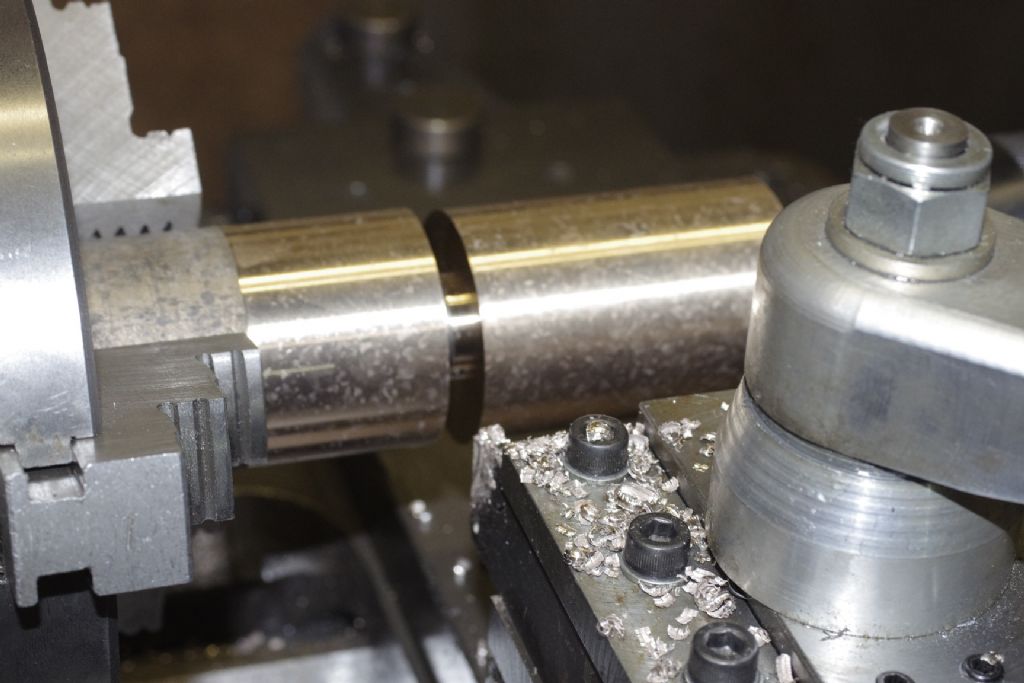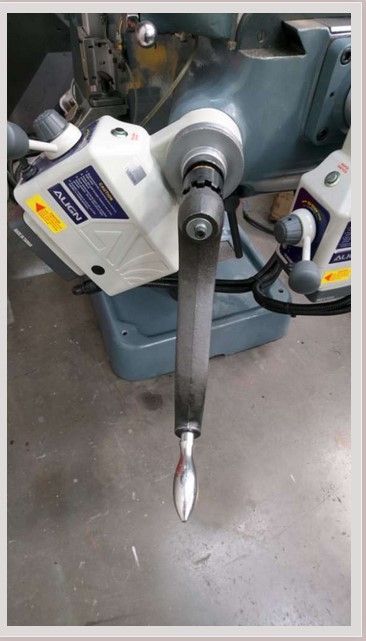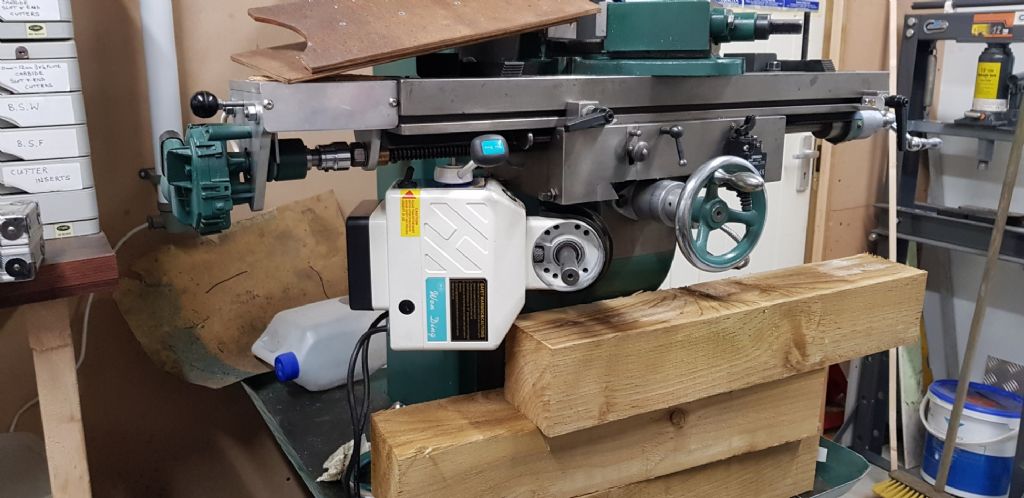The massive gib in the knee is, I'd suggest, preferable to the common thin strip type – certainly in this application – although it can be more awkward to adjust. The table/knee assembly effectively hangs on the female dovetails, if the support from the raising screw is removed, as in lowering the table. This puts the hex-head bolts into tension, so, for rigidity, they should be tight, not left loose enough for gib strip movement.
One problem with this type of gib is that tightening the retaining bolts can (will) cause the gib strip to move. When I adjust such a gib, I try to do it with the sliding member supported, but free to move (counterweight), or even with the machine on its back (grunting and gorillas required). The retaining bolts are slackened only enough to allow (somewhat difficult) movement of the gib strip, when pushed by the adjusting screws. If the adjustment makes the slide too tight, it's necessary to thump the knee to bring the strip back into contact with the slackened-off adjusters. When the adjustment seems optimal, tighten the retaining bolts, whilst thumping the knee to ensure the strip remains in contact with the adjusters. The slide will probably tighten as the retaining bolts are tightened, so go around the cycle again (and again)… And, of course, the gib adjustment has to be a compromise because of uneven wear (and/or original machining) along the slide's travel.
As has been said already, the locking pad is independent from the gib, so will produce a sideways force to the knee and it's not surprising that there will be a tiny movement as any oil film is squeezed.
 Steviegtr.
Steviegtr.









